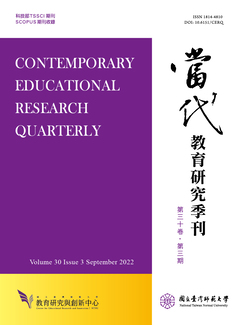

This article adapts the method of educational hermeneutics to discuss Rudolf Steiner's anthroposophical pedagogy. Main research aims of this article as following: (1) to discuss the origin of Steiner's anthroposophical pedagogy; (2) to analyze theoretical contents of Steiner's anthroposophical pedagogy; (3) to evaluate the advantages and disadvantages of Steiner's anthroposophical pedagogy; (4) to explain the important implications of Steiner's anthroposophical pedagogy for Taiwan's educational theory and practice. Steiner claims that aims of education are to cultivate a man who not only harmonic development of body, soul and spirit, but also a man with thankfulness, love, freedom and than to reach the ideal of good, beauty and truth. Teacher must match the development of student's body, soul and spirit to engage educational activities. He must make their spirit and soul to achieve the goal of independence. The education of human being can divide into three stages: from birth to change teeth, from change teeth to adolescence and from adolescence to youth. Teacher must match student's development with any methods to apply circle instruction, small class teaching and individual direction, in order to enhance harmonic development of student's body, soul and spirit in these stages. Teacher must has basic morals, imagination and medical knowledge, to fulfill educational responsibility, to understand student's character, to feel the reality and to love students, than teacher can fit his role and do his job well in school. I hope through inquiry into Steiner's anthroposophical pedagogy to understand advantages and disadvantages about his theory. Than, I will offer it as reference, in order to build educational theory and to improve educational practice for our country.

This work is licensed under a Creative Commons Attribution-NonCommercial 3.0 Taiwan License.
Center for Educational Research and Innovation, National Tawain Normal University
162, Ho-Ping East Rd, Sec. 1, Taipei, Taiwan | Tel:+886-2-7749-3670 | E-mail: cerecerq@gmail.com
CERI | NTNU | E-mail Alerts | Open Journal System
© 2014 CERI-NTNU
